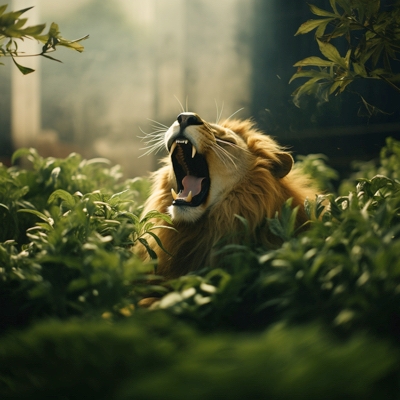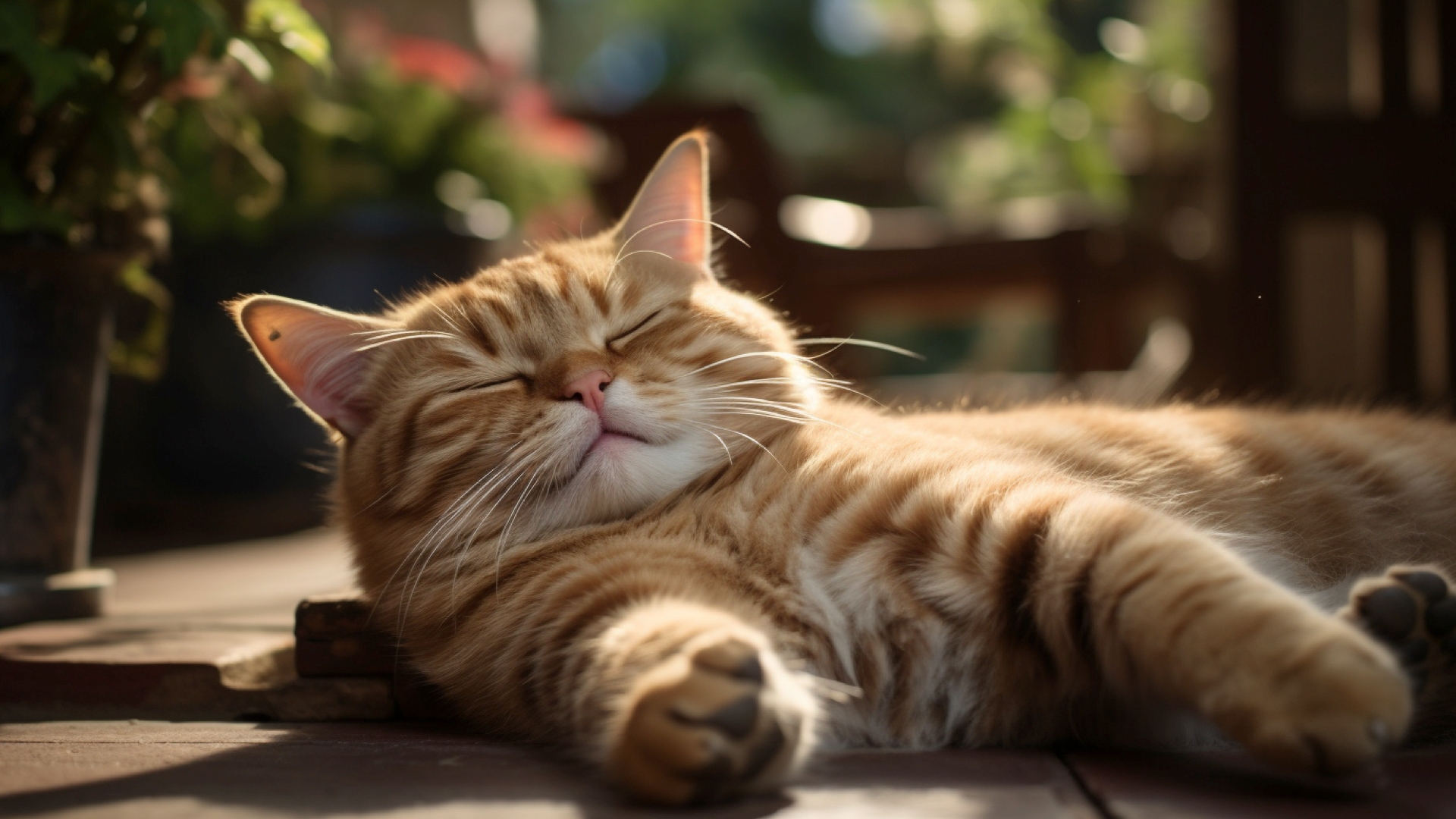The Science of Catnip:
Why Do Cats Go Crazy?
Summary:
In this enlightening journey through the world of catnip, we've uncovered the science behind why cats go crazy – or remain indifferent – to this intriguing herb. We delved into the chemistry of nepetalactone, the active compound in catnip that triggers a euphoric response in sensitive cats. We explored the history of catnip, from its ancient uses to its modern-day role as a feline favorite. We also discussed the safety of catnip, debunking myths and highlighting its benefits, such as its ability to relieve stress and act as a training aid. Whether your cat is a catnip aficionado or couldn’t care less about this herb, this article offers a comprehensive look at the fascinating world of catnip.


- The Chemistry Behind Catnip
- Historical Use of Catnip
- How Cats React to Catnip
- Why Some Cats Don't Respond to Catnip
- The Safety of Catnip for Cats
- Alternative Plants to Catnip
- Catnip and Big Cats
- How to Use Catnip for Your Cat
- The Benefits of Catnip for Cats
Have you ever wondered why your feline friend seems to lose its mind when exposed to a pinch of catnip? From rolling around ecstatically to suddenly becoming the most playful version of themselves, cats’ reactions to this simple herb are nothing short of fascinating. In this article, we will delve into the science behind this feline frenzy. Why does catnip send some cats into a state of bliss, while others seem utterly indifferent? Is it safe, or are we unwittingly intoxicating our beloved pets? Let’s unravel the mysteries of catnip together.
Catnip, scientifically known as Nepeta cataria, is a member of the mint family. The magic behind catnip lies in a volatile oil called nepetalactone. This compound is found in the plant's leaves and stems and gives catnip its characteristic odor. When a cat gets a whiff of this compound, it binds to the olfactory receptors in the cat’s nose, triggering various behaviors ranging from rolling and flipping to rubbing and jumping. Interestingly, nepetalactone is similar in structure to the pheromones that cats produce themselves, which is why it profoundly affects them. Not just domestic cats respond to catnip; big cats like lions and tigers are also susceptible to its effects.
Catnip isn't just a modern-day feline fascination. Historically, it was used in various cultures for its medicinal properties. In ancient Egypt, where cats were revered, catnip was likely used as a treat for beloved feline companions. In Europe during the Middle Ages, people used catnip to treat various ailments, from upset stomachs to insomnia. Today, catnip is still used in some herbal remedies for humans, often as a calming tea similar to chamomile. It’s fascinating that this herb, now commonly found in cat toys, has such a storied past.
Cats may roll, jump, purr, and behave euphoric when exposed to catnip. This reaction is due to the activation of the olfactory system, which sends signals to the brain, specifically the hypothalamus. These behaviors are natural and part of a cat’s predatory instincts. Not all cats respond to catnip; its sensitivity is hereditary, and it’s estimated that between 50 to 75 percent of cats carry the gene that makes them responsive to catnip.
It's not a one-size-fits-all party when it comes to cats and catnip. Sensitivity to catnip is inherited, and not all cats have the gene that triggers the famous catnip response. It is believed to be an autosomal dominant gene, meaning that only one parent needs the gene for the offspring to inherit the sensitivity potentially. Interestingly, sensitivity to catnip is not limited to domestic cats; many big cats, such as lions and tigers, also respond to catnip.
For concerned cat parents, rest easy: catnip is generally safe for cats. It can be a great way for indoor cats to get exercise and mental stimulation. However, excessive consumption can lead to mild gastrointestinal upset, so it’s best used in moderation. If you’re introducing catnip to your cat for the first time, start with a small amount and observe how your cat reacts. If you are unsure, always consult a veterinarian before making it a regular part of your cat’s routine.
For cats that don't react to catnip, there are alternatives. Silver vine, valerian root, and lemongrass are some plants that can have similar effects on cats. These alternatives can be found in various forms, from sprays to dried leaves, and can be an excellent option for cats indifferent to catnip. Before introducing a new plant to your cat, it’s essential to ensure it is safe. Always consult with a veterinarian, and purchase from reputable sources.
It’s not just our domestic feline friends that are intrigued by catnip. Big cats, like lions and tigers, have been observed to have similar reactions to catnip. Zoos and animal sanctuaries sometimes use catnip as an enrichment tool for their big cats, helping to encourage natural behaviors and provide mental stimulation. Seeing a majestic lion rolling playfully in response to this humble herb is a captivating sight.
Catnip can be used in various ways to engage and stimulate your cat. Sprinkling dried catnip on a scratching post can encourage your cat to scratch there instead of on your furniture. It can also be used to stuff inside toys or sprinkled on a cat’s bed to promote relaxation. Consider growing fresh catnip in a small pot for your cat to enjoy for a special treat. It’s a safe and natural way to reward and stimulate your furry friend.
Beyond the entertaining antics it induces, catnip has several benefits for cats. It acts as a natural stress reliever, which can be especially beneficial for indoor cats that may become bored or anxious. For overweight cats, the playful behaviors induced by catnip can encourage exercise and movement. Additionally, catnip can be used as a training aid, helping to encourage positive behaviors such as scratching designated posts instead of furniture.
As we've explored, catnip is more than just a treat for cats; it's a complex plant with a rich history and a variety of uses. Whether your cat is a catnip lover or part of the indifferent majority, understanding the science behind this fascinating plant can deepen the bond between you and your furry friend. So, the next time you sprinkle a bit of catnip on your cat’s toy, you’ll know exactly what’s happening in their brain and can appreciate the joy (or indifference) it brings them with newfound insight.


